The recent storm No. 10 caused hundreds of hectares of crops and gardens in the area outside the La Giang dike (Duc Quang commune) to be flooded; thousands of houses had their roofs blown off or collapsed... Although facing countless difficulties after the natural disaster, the people here quickly "recovered", overcame the damage, gradually stabilized their lives, rebuilt production, and implemented many effective economic models.

Coming to Ha Tu village (Duc Quang commune) these days, each vegetable garden is lush and green, making everyone surprised, because just over a month ago, 100% of households in the village were submerged by floodwaters up to 2 meters high. The people's perseverance and will to overcome difficulties have contributed to "reviving" the model gardens, bringing in a good source of income.
Mr. Nguyen Thai Son (Ha Tu village) shared: “After the storm, I spent more than 40 million VND to rebuild the roofing system, buy fertilizers and seedlings to restore production. Taking advantage of alluvium from floodwaters, along with post-storm production experience, currently, more than 500 m2 of my family's garden area has been covered with green vegetables such as: mustard greens, herbs, Malabar spinach, sweet potatoes... At this time, green vegetables are purchased at high prices, thanks to that, on average, every day, I have an additional income of 300,000 - 500,000 VND".

Frequently affected by natural disasters, therefore, the selection and development of livestock is also carefully considered by local people. Among them, cricket and bamboo rat farming models are proving effective and are considered suitable for local climate and soil conditions.
As one of the pioneers in implementing the cricket farming model in the area outside La Giang dike, Mr. Bui Quang The (Quyet Tien village) said: "Investing more than 100 million VND to build 6 cages on a total area of 60 m2 , from February 2025 to now, I have sold 3 batches of commercial crickets with an estimated yield of 100 - 120 kg/batch. With a purchase price of 170,000 - 200,000 VND/kg, after deducting expenses, I earn 18-20 million VND in a farming cycle of about 40 days".
According to Mr. The, crickets are easy to raise, have few diseases, and can be designed to be high and airy, avoiding being affected by rising flood waters. In addition, during the raising process, garden areas can be used to set up cages, using available food sources, so they are very suitable for people in low-lying areas.
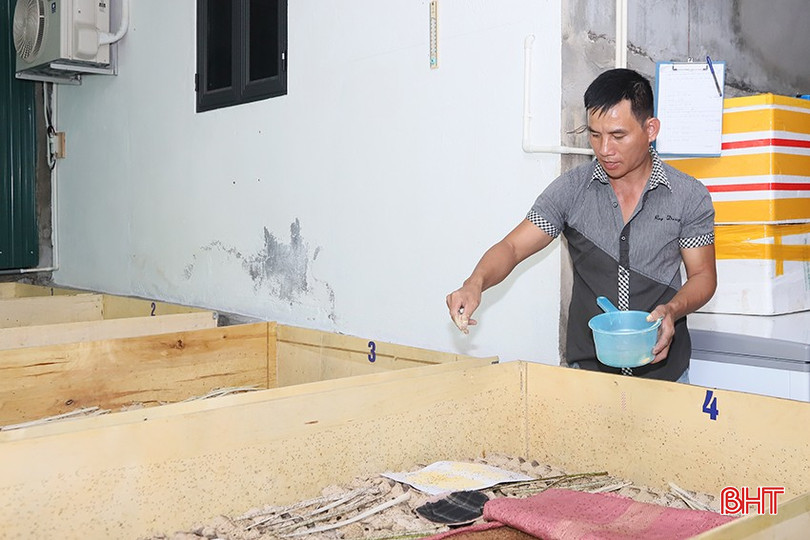
In Dong Doai village (Duc Quang commune), Mr. Nguyen Huu Quan chose bamboo rats as an economic animal. With a cage area of 30 m² and a total investment of more than 400 million VND, Mr. Quan built a solid, closed cage system with a high floor above the flood level to withstand natural disasters. "My bamboo rat herd currently has 56 bamboo rats, including breeding bamboo rats and commercial bamboo rats. The cage system was designed high so that after the recent big storms, fortunately, the cage system was not much affected. Currently, I am focusing on increasing the herd and raising bamboo rats for breeding. If all goes well, after about 1-2 years of care, I can earn from 150 - 200 million VND/year thanks to this economic model" - Mr. Quan shared.
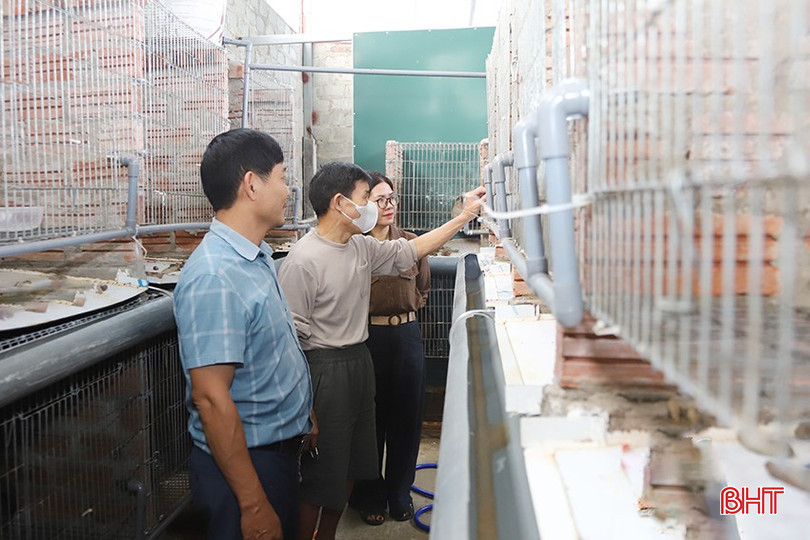
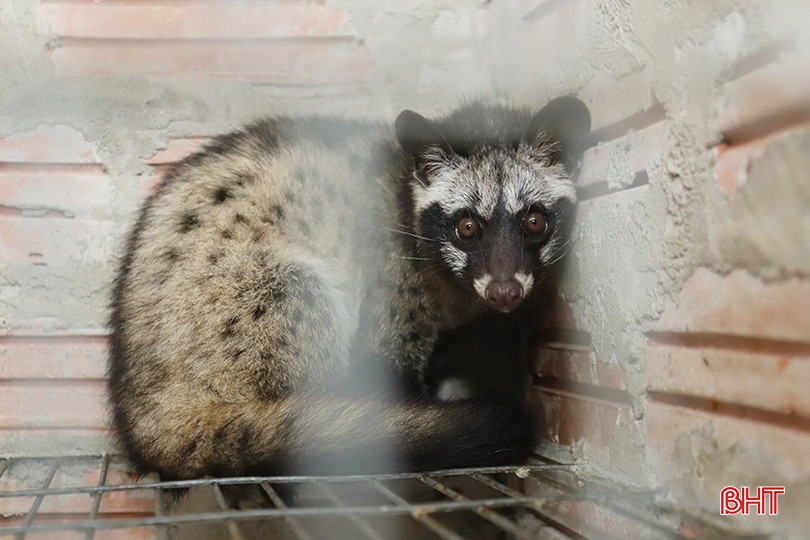
Currently, the economic structure in Duc Quang commune has shifted towards: Agriculture - forestry - fishery: 27.67%; Industry - construction: 34%; Trade - services: 38.33%. Average income per capita reached over 60.5 million VND. Flexibility and proactive implementation of effective economic models, suitable to weather, terrain and soil conditions, have contributed to helping the unit complete socio-economic goals in 2025, raising the average income to 76 million VND/person in 2030.
Mr. Tran Xuan Thach - Vice Chairman of Duc Quang Commune People's Committee said: "After the heavy damage caused by consecutive storms, people in the downstream area still maintain a proactive spirit and persevere in restoring production. Local authorities and organizations and unions have quickly stepped in, provided technical support, oriented appropriate models and created conditions for people to soon stabilize their livelihoods.
These days, Duc Quang commune is implementing the peak period of "60 days of building new rural areas", in which the key task is to restore production and improve people's income. In the face of complicated weather developments, many concentrated production areas have not been able to recover, so people have flexibly developed household garden economy, expanded livestock models suitable to local conditions. The government continues to review and develop plans to support techniques, product consumption and replicate effective models.
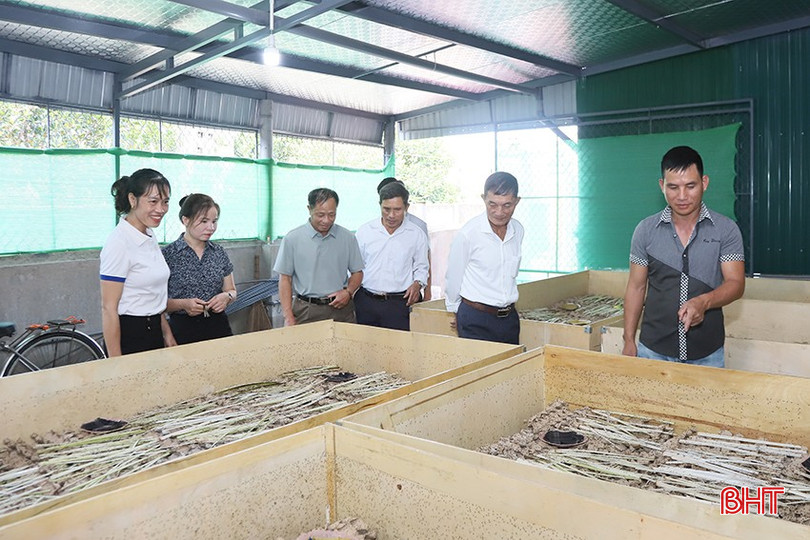
Although natural disasters always challenge the downstream area, with their will and diligence, Duc Quang people are gradually creating a sustainable path. Models of raising crickets, raising bamboo rats or developing the economy from model gardens... not only help people overcome difficulties but also open up practical development prospects for the "flood center" area on its journey to rise after the storm.
Source: https://baohatinh.vn/vung-ron-lu-vuon-len-voi-nhieu-cach-lam-kinh-te-hieu-qua-post299472.html


![[Photo] Panorama of the 2025 Community Action Awards Final Round](https://vphoto.vietnam.vn/thumb/1200x675/vietnam/resource/IMAGE/2025/11/15/1763206932975_chi-7868-jpg.webp)

![[Photo] General Secretary To Lam receives Governor of Kanagawa Province (Japan) Kuroiwa Yuji](https://vphoto.vietnam.vn/thumb/1200x675/vietnam/resource/IMAGE/2025/11/15/1763204231089_a1-bnd-7718-5559-jpg.webp)
![[Photo] General Secretary To Lam receives Vice President of Luxshare-ICT Group (China)](https://vphoto.vietnam.vn/thumb/1200x675/vietnam/resource/IMAGE/2025/11/15/1763211137119_a1-bnd-7809-8939-jpg.webp)








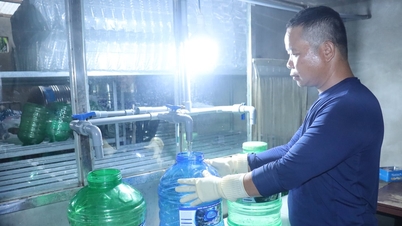

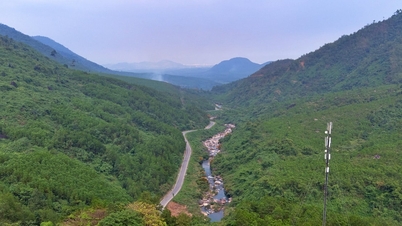
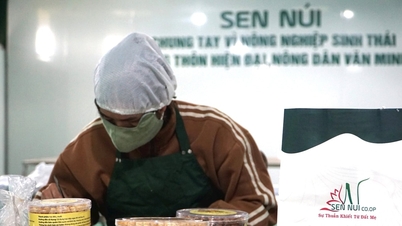



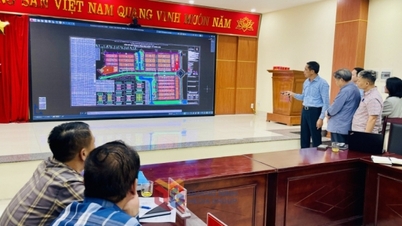





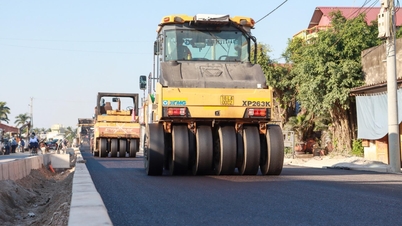
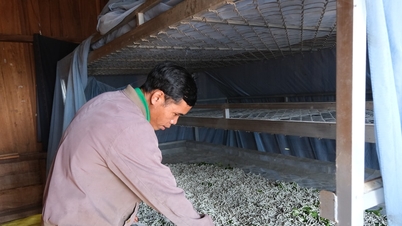







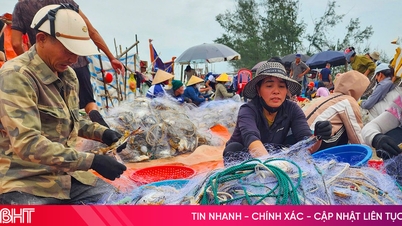




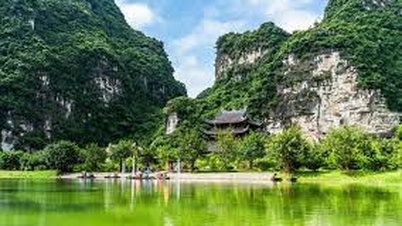


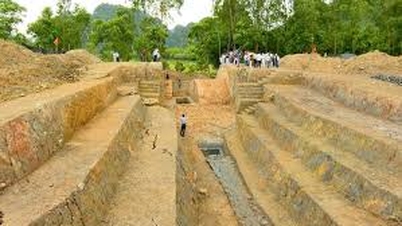









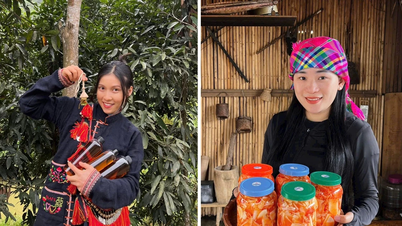




























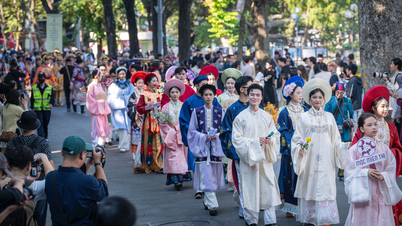












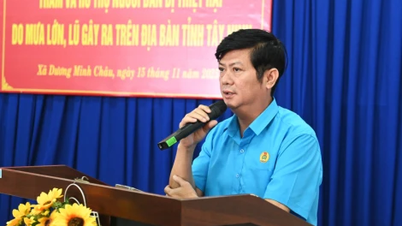

















Comment (0)